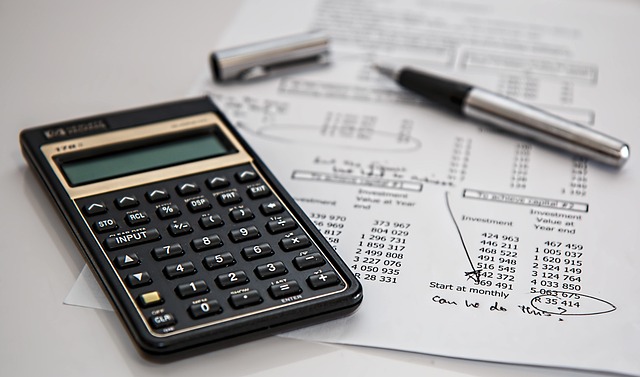Understanding Energy Audits: A Step Towards Environmental Responsibility
In today’s world, where climate change and environmental conservation are at the forefront of global concerns, an energy audit emerges as a powerful tool to foster sustainability. This comprehensive examination of energy use in buildings or systems not only helps identify inefficiencies but also underscores our commitment to a greener future.
What Exactly Is an Energy Audit?
An energy audit is a methodical evaluation of how energy is consumed within a home, office, or facility. By analyzing patterns and pinpointing wasteful practices, an energy audit provides actionable insights that empower individuals and organizations to reduce their carbon footprint while saving on energy costs.
Why Embrace Energy Audits in Green Energy Initiatives?
Embracing an energy audit aligns perfectly with the principles of the Green Energy movement. It offers several benefits:
- Efficiency Improvement: Identifying outdated appliances or practices that drain energy unnecessarily.
- Cost Savings: Reducing utility bills through smarter energy consumption.
- Environmental Impact: Lowering greenhouse gas emissions contributes directly to combating global warming.
- Informed Decision-Making: Guiding investments in renewable technologies and sustainable infrastructure.
How Does an Energy Audit Unfold?
The process typically involves several key steps:
- Initial Assessment: Gathering data about current energy usage patterns and building characteristics.
- On-Site Inspection: Examining equipment, insulation, windows, HVAC systems, and lighting for energy efficiency.
- Data Analysis: Calculating energy consumption, identifying anomalies, and estimating potential savings.
- Report Generation: Providing a detailed, user-friendly report including recommendations for improvements.
- Implementation and Follow-Up: Applying changes and monitoring results to ensure ongoing energy efficiency.
Practical Tips for Maximizing the Value of Your Energy Audit
To truly harness the benefits of an energy audit, consider these approaches:
- Choose Certified Professionals: Opt for auditors with recognized credentials to ensure thorough assessments.
- Engage Stakeholders: Involve facility managers, employees, or family members to foster a culture of sustainability.
- Prioritize Recommendations: Focus first on changes that offer the biggest savings with the least investment.
- Track Progress: Use smart meters or energy management systems to measure improvements.
- Combine with Renewable Solutions: Integrate audit findings with solar panels, wind turbines, or other green energy technologies.
Contributing to a Greener Tomorrow
Every energy audit is more than just an assessment — it’s a pledge to act responsibly toward our planet. By choosing to understand and optimize our energy consumption, we embody the spirit of the Green Energy movement, fostering a legacy of sustainability for generations to come.




